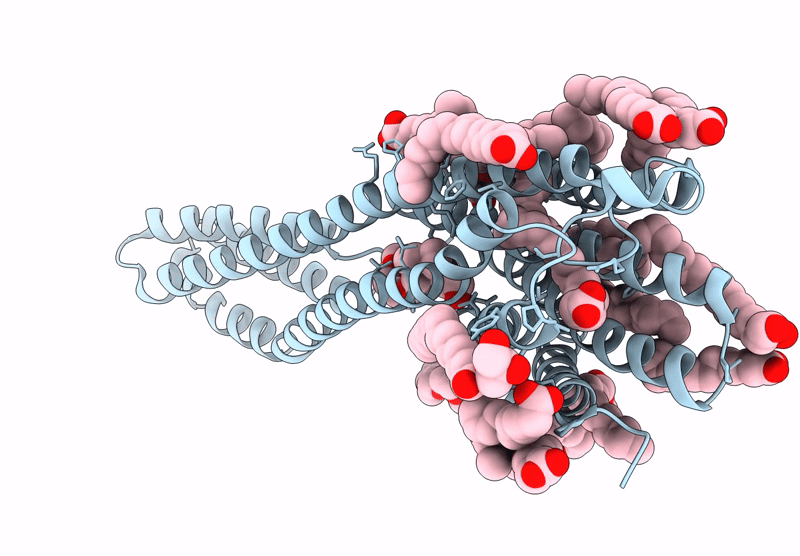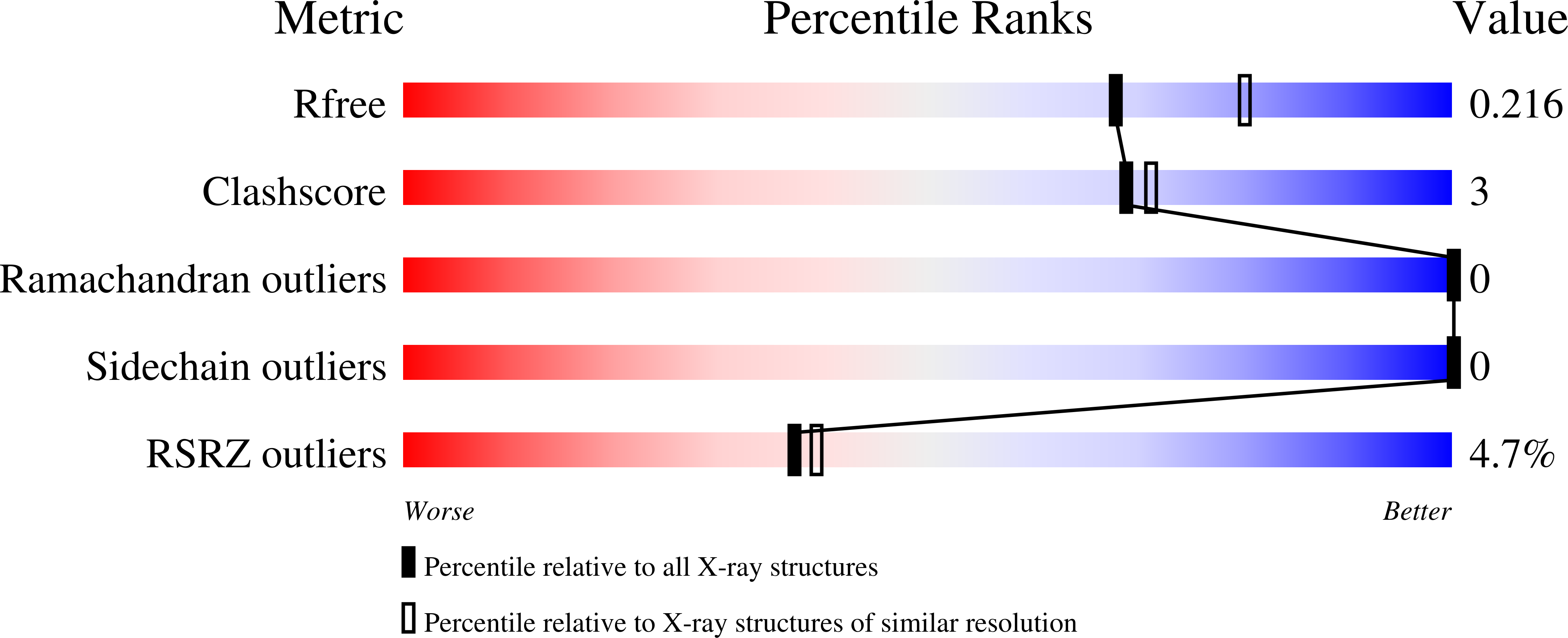
Deposition Date
2023-07-07
Release Date
2024-12-04
Last Version Date
2024-12-18
Entry Detail
PDB ID:
8TF5
Keywords:
Title:
Crystal structure of orphan G protein-coupled receptor 6, pseudoapo form
Biological Source:
Source Organism:
Homo sapiens (Taxon ID: 9606)
Escherichia coli (Taxon ID: 562)
Escherichia coli (Taxon ID: 562)
Host Organism:
Method Details:
Experimental Method:
Resolution:
2.10 Å
R-Value Free:
0.21
R-Value Work:
0.18
R-Value Observed:
0.18
Space Group:
P 21 21 2


